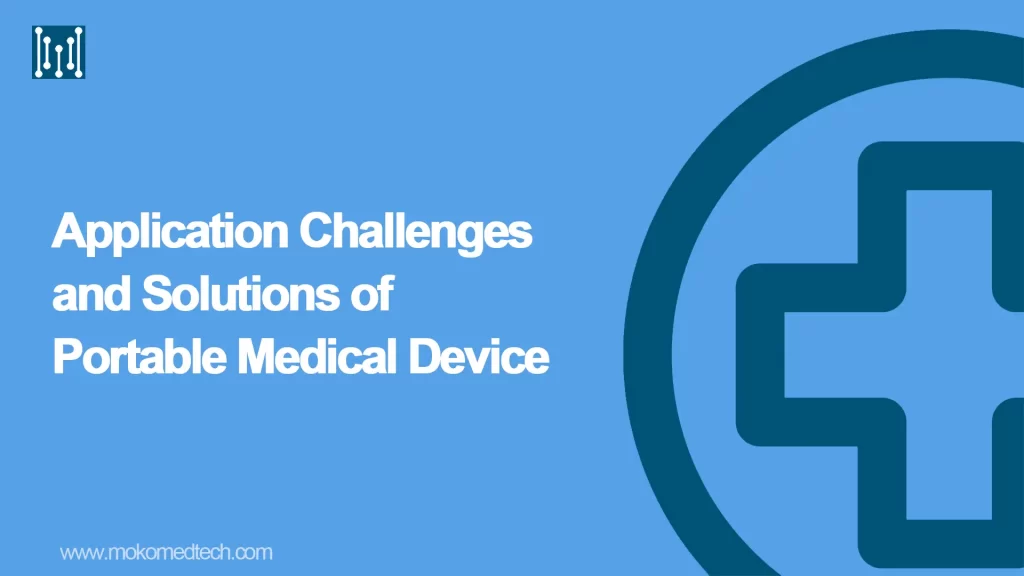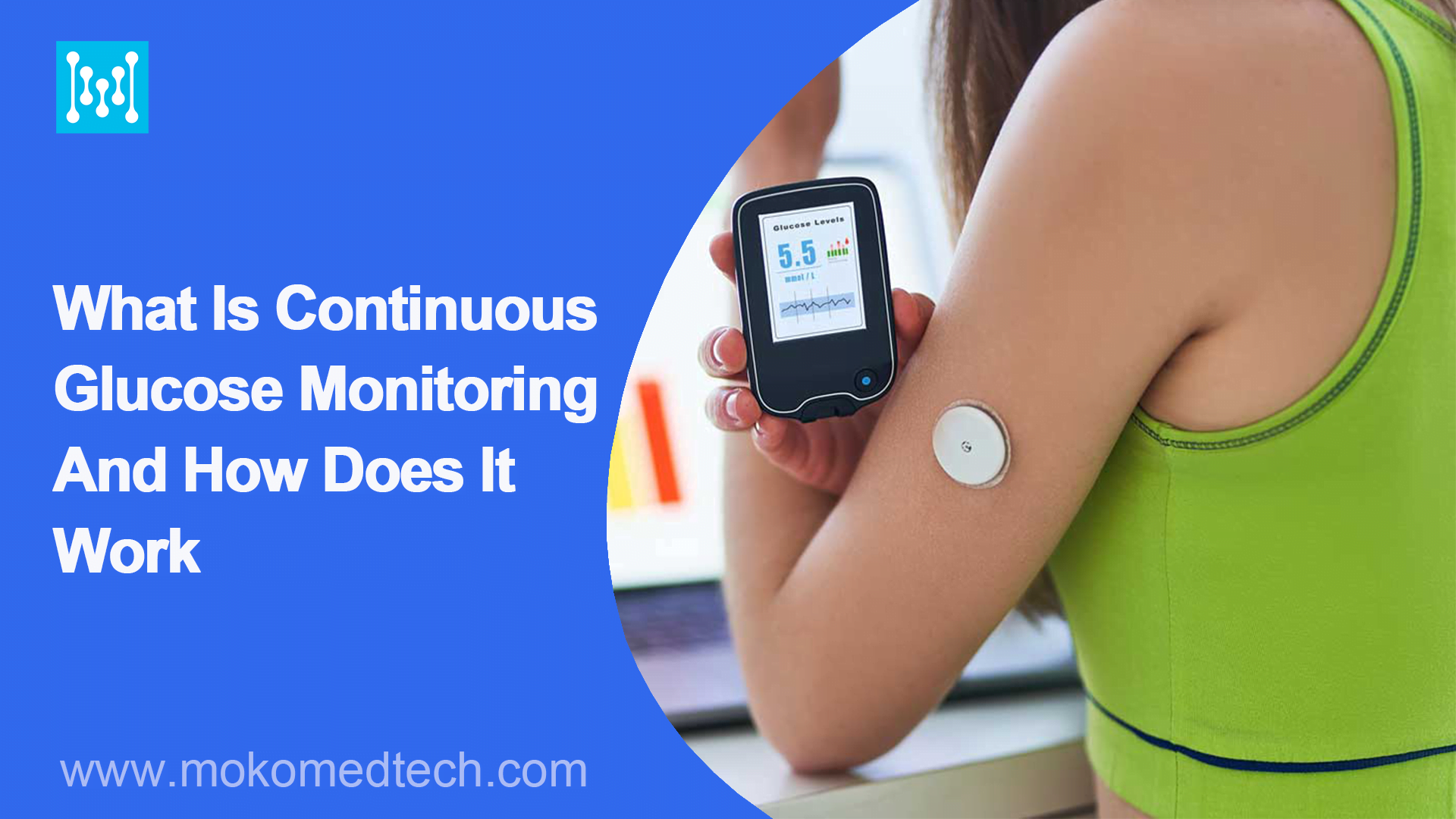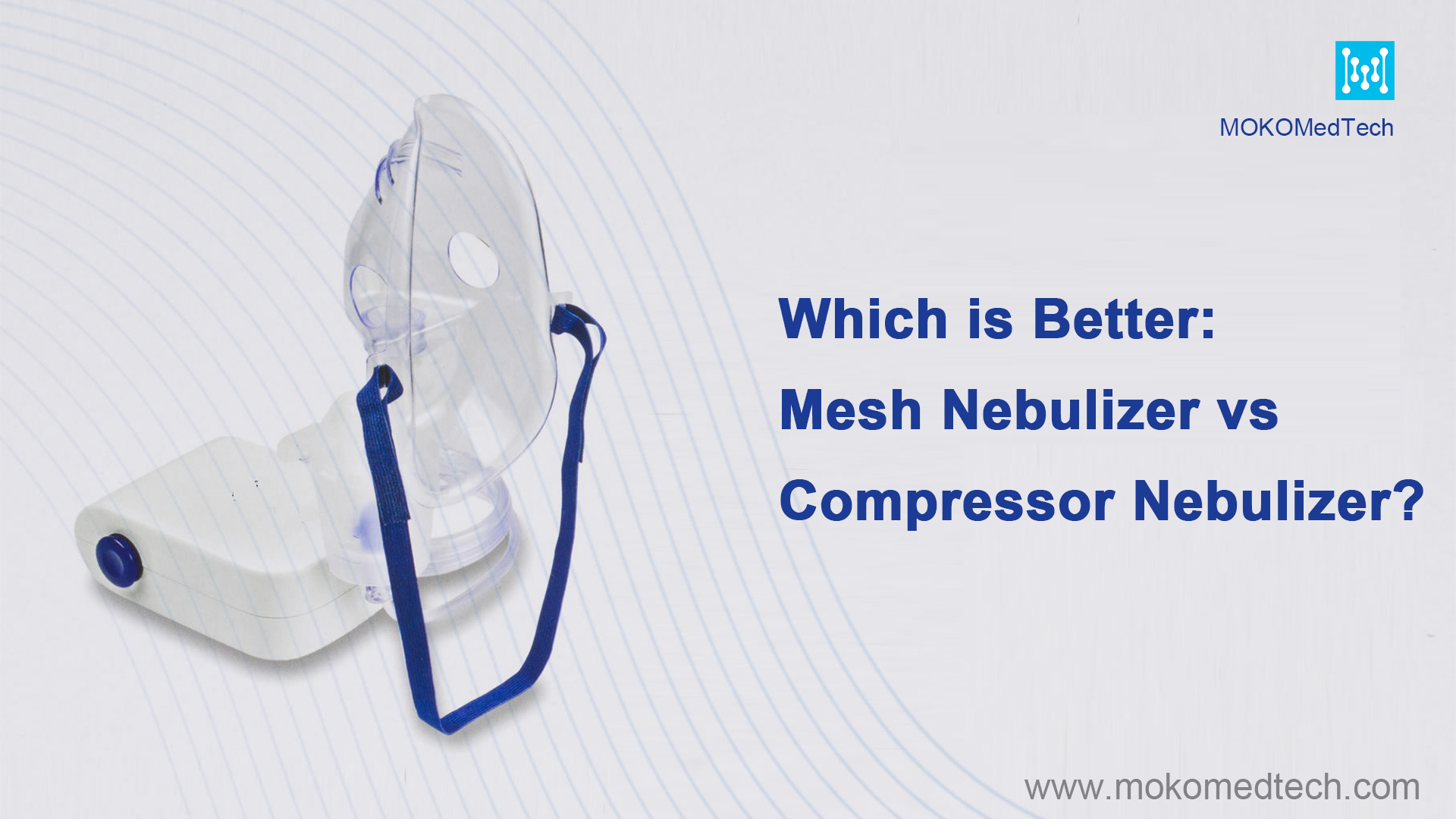At present, the government and medical institutions are making efforts to improve their medical system in order to better serve patients. In order to allow patients to have more time to recuperate at home, instead of frequently rushing to hospitals or clinics, the medical industry is making full use of portable and remote connected medical monitoring systems, including various portable medical device, from blood glucose meters to portable ECG systems.
The challenge for portable medical device is that it requires higher and higher portability for remote connection, while maintaining the quality and responsiveness of all collected data. The term “portable” used to mean that the device was wheeled and could be passed through a door. But today, what we call “portable” is different from the past. At present, many medical devices are transportable, even “wearable”. This will certainly bring challenges in design, which are not only reflected in the overall dimensions of the equipment, but also in the internal electronic devices.
If any portable medical device is “dissected”, it will be found that it is composed of five basic building blocks, namely, display and display interface, battery and power management, biosensor interface, data interface, system microcontroller or digital signal processor (DSP). Obviously, the specific performance of each module varies according to the system.
Monitor
Whether it is to inform the patient of the temperature reading or the ECG result, the display effect of the display is an important performance attribute, and its effect depends to some extent on the appropriate backlight solution. Whether inductive or simpler charging pump topology, since the portable system is battery powered, the backlight solution with a wide input voltage range can reduce the need for additional regulation in the system. The choice of boost or step-down/boost solutions, which can work easily in a variety of battery powered situations, provides greater design flexibility. Of course, the size of the solution and the overall power efficiency are the key to the system, so it will be more efficient and cheaper to make full use of devices with high integration and advanced packaging.
Touch screen control (TSC) is a key factor to achieve the convenience of portable medical device. Because it replaces the traditional keyboard, it can also greatly reduce the overall size of the device. TSC realizes menu driven function selection, fine adjustment of input and output data display, and amplification of “keys”, thus realizing convenience and ease of use. The electrostatic (ESD) handling capacity of the selected solution is an important factor to consider when implementing TSC. If the TSC circuit cannot consume the energy generated by static electricity, the energy will flow through the central microcontroller/DSP and cause damage to it. Other factors to be considered in implementing TSC include resolution compared with screen size, conversion type and speed, and overall power consumption.
Sensor Interface and Signal Link
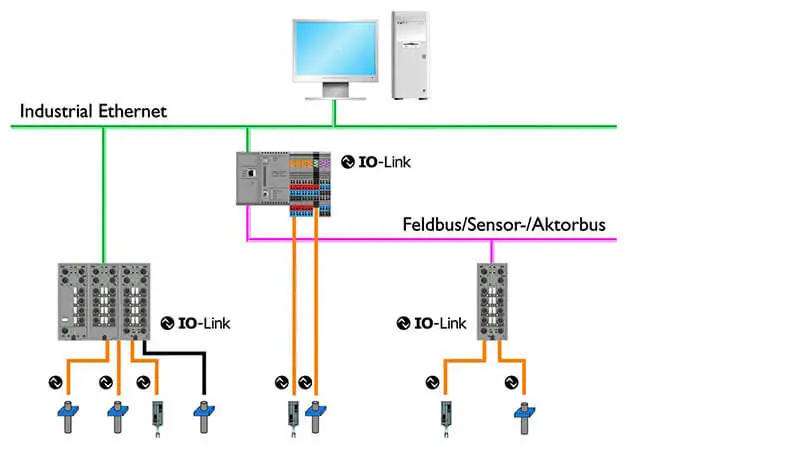
Proper signal chain is very important for temperature, pulse, blood glucose reading and other biosensors. The first stage of the signal chain is an instrument amplifier (such as INA326, see Figure 1), which is a micro power amplifier with low input offset voltage, low drift and high DC accuracy with AC performance. In most applications, designers try to find a microvolt level signal in millivolt noise. Due to the AC characteristics of the target signal, it is necessary to have an amplifier that works well with the high pass filtering scheme. The system compensation requirements can be further simplified by using automatic zeroing or automatic calculation functions. Generally, the second stage is a low-power operational amplifier (such as OPA376), which has a wide bandwidth, rail to rail input and output, and excellent accuracy. Properties such as zero crossing can produce a linear offset signal over the entire input common mode range. This means that the microcontroller does not need to run additional algorithms to correct shifts and offsets.
The next stage of the signal chain is a good – Σ ADC or successive approximation analog-to-digital converter. The characteristics of one cycle filter, such as setup time and on-demand conversion, simplify the design requirements of ADC. In addition, it improves the conversion speed and provides a large signal source impedance. In a multi-channel system, features such as global synchronization provide continuous signal acquisition capabilities, allowing comparison of multipoint signal sources within the same clock cycle. With proper layout and component selection, a truly clean and accurate signal can be input into the system microprocessor/DSP.
Microcontroller/DSP
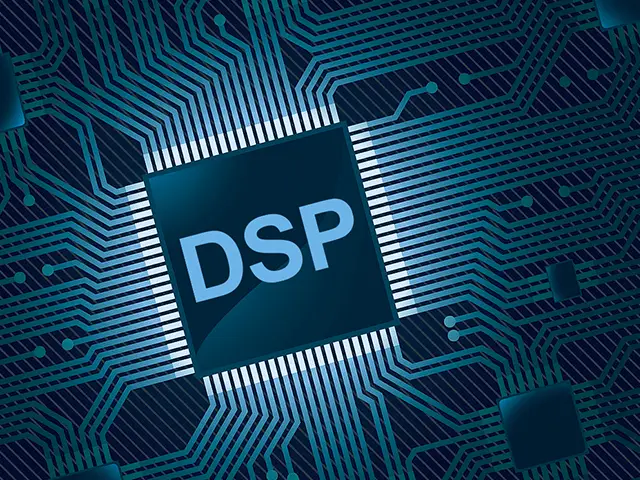
The portable medical device can generate a large amount of raw data. The ability to save data and process trends, identify changes, provide feedback, support connections to larger systems, and execute diagnostic algorithms are usually important functions of system controllers.
It is very important to consider the system processing requirements and power consumption constraints in a balanced way. Although it is designed for DSP level data processing, only allowing the power budget of low-power microprocessors (such as MSP430) will cause design conflicts. However, taking full advantage of the updated DSP technology and power topology and implementing several power consumption levels and standby modes can help the system achieve sports car level performance with economical vehicle level fuel consumption. This indicates that some processing bandwidth needs to be developed in the direction of management power consumption. MSP430 type controller can manage the system standby, sleep and wake-up conversion functions, while DSP can improve the overall system performance to create a system with two aspects of performance. If the DSP only works when it needs to be processed, the average system power consumption will remain low, and the peak value can only be reached when the DSP wakes up. By implementing super capacitors or other energy storage devices, DSP power surges can be supported to minimize power loss and prolong the system operation time. With the performance and integration of the latest microcontroller, complex applications that require real-time processing with low power consumption can be implemented using devices such as MSP430FG461x.
Battery and Power Management
Simple systems can use disposable batteries because their power consumption is so low that the total cost of replacing batteries is kept at a low level. Larger systems can use a variety of rechargeable batteries and battery packs of different sizes. Dynamic power path management and other features can independently charge the battery while supplying power to the system. This allows a fully discharged battery device to be used after it is plugged in, without waiting for the battery to charge before running. There is not always time to wait for charging when the medical system needs to be used. The ability to track the true impedance of the battery rather than simply measure voltage or coulomb counts is another important feature. Since the battery voltage does not decline linearly, the voltage tracking cannot directly obtain the real service life of the battery. In particular, the middle third stage of the voltage range includes 60% “70% of the discharge cycle time. Coulomb counting cannot compensate for the battery aging problem. It does not understand the remaining capacity of the battery over time. Although it cannot really understand the battery status, it will” assume “that it knows its status. Impedance tracking allows the system to calculate the remaining running time of the battery with an error of 1%, so that the system can use all available energy in the battery to achieve a long running time.
Just as system operation is very important for medical electronic equipment, another key feature is battery verification. This is a way to use the encrypted device ID to verify whether the battery in the system can meet the requirements of the original equipment manufacturer. Using an improper battery pack will not only affect the running time of the system, but also may damage the system, or even cause a fire.
In a word, making power consumption decisions at the front end of the design cycle is helpful to determine system level trade-offs to meet the requirements of equipment portability and runtime goals.
Data Interface
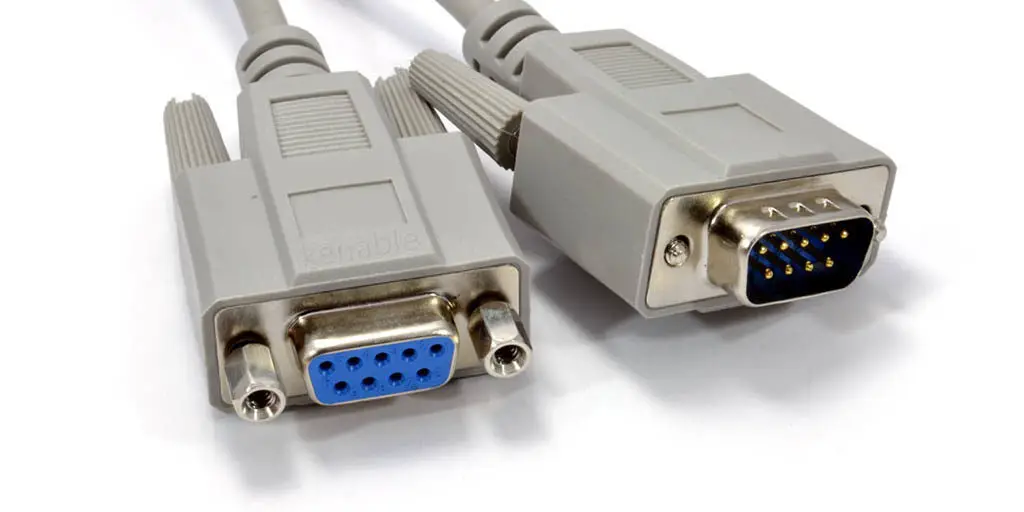
The data interface of medical electronic equipment has changed from wired RS232 interface to wired and wireless Ethernet connection, short distance and long distance wireless connection. This new interface can realize the networking of all devices in the building, including devices in the patient’s home.
When the patient returns home from the hospital, he can contact the doctor remotely through his wireless sensor, which is connected to the monitor of the home security system. The whole system is connected to Ethernet or medical call center, and can receive clock monitoring privately at home at any time. Wireless interfaces such as Bluetooth can also be used here, or Chipcon series Zigbee and other low-power wireless solutions introduced by TI can be used. Its SmartRF technology can be connected to home and industrial environments. In addition to power consumption, data rate and range are also two important factors in selecting wireless interfaces. A multi channel 2.4GHz solution can cover the world, and has high data rate and duty cycle. However, lower frequencies can increase the signal propagation range. For multi-channel whole-body monitoring system, patients may be confined to activities at home rather than lying in bed. In this case, the signal range may be limited, but the data rate is maximized. If only a few sensors need to be monitored, range may be more important than data rate. Finally, the choice of solutions must be controlled within the overall system power budget.
Conclusion
At present, portable medical device and monitoring systems can provide medical support anytime, anywhere. In order to help medical equipment manufacturers develop these innovative products, we need not only the appropriate infrastructure outside the electronic equipment, but also the appropriate semiconductor components inside it. To achieve greater success, semiconductor suppliers should consider the characteristics and requirements of portable medical products, define performance specifications for each product, and understand the limitations of their space and power budget. Finally, it can help medical device manufacturer reduce rework and optimize the overall design from the beginning.
